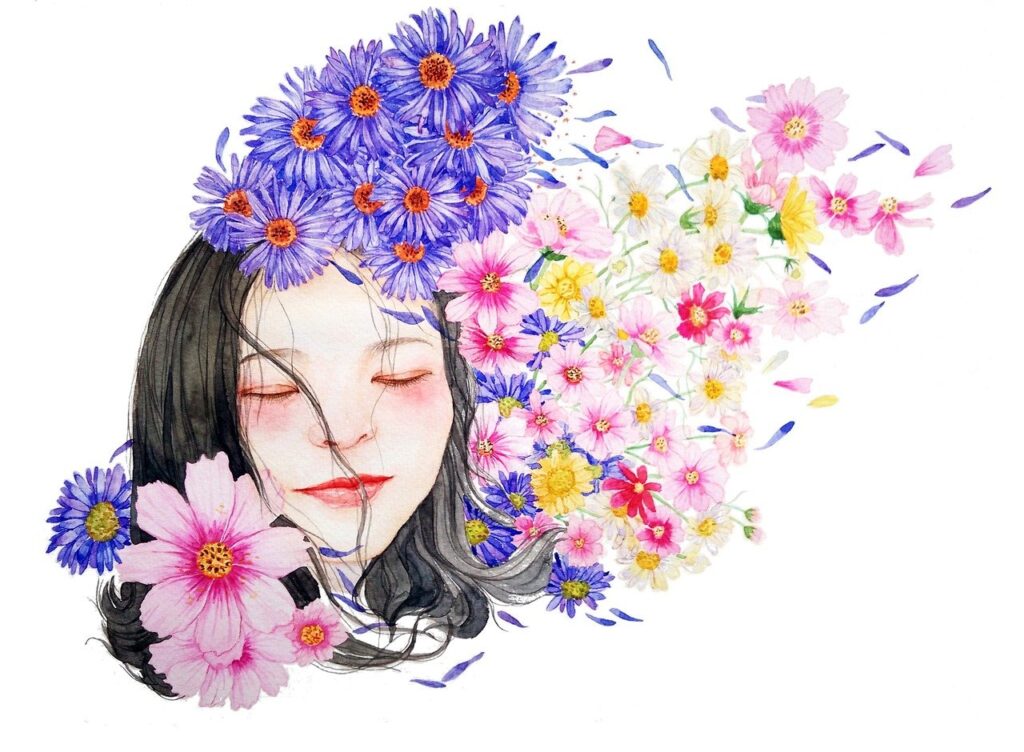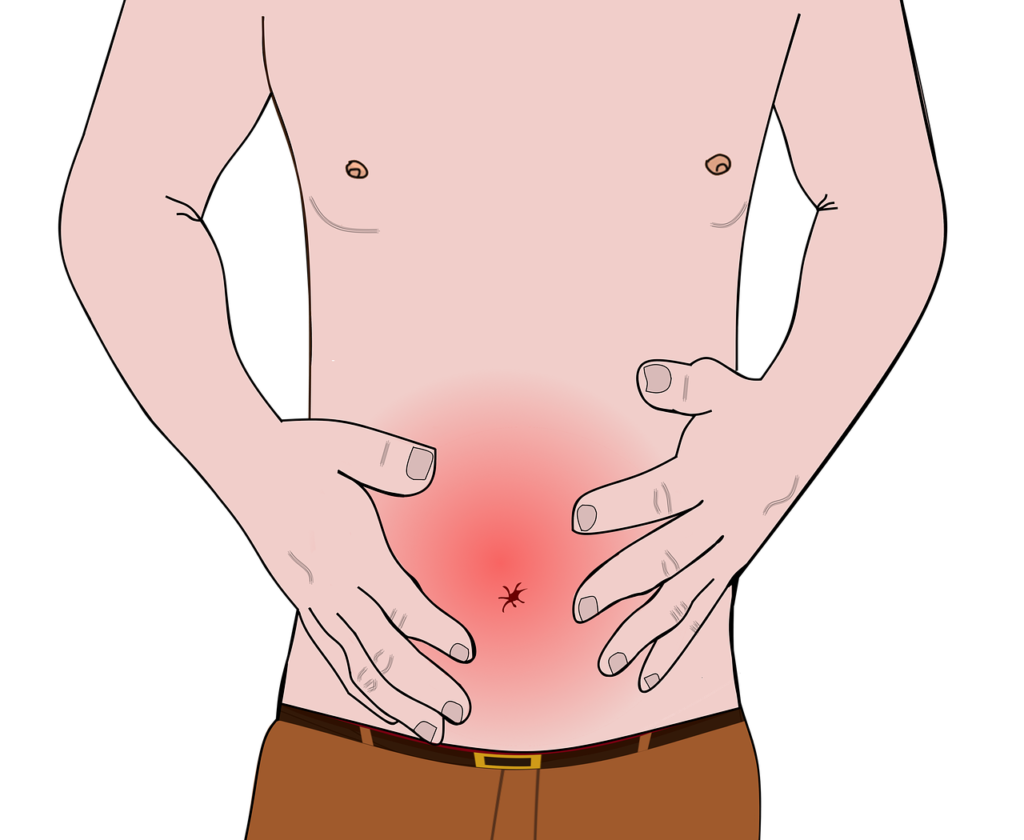Menstrual Health in Ayurveda: Understanding the Holistic Approach
Menstruation is a natural physiological process that women go through to maintain reproductive health and hormonal balance. Menstrual health, according to Ayurveda, an ancient Indian medical system, is inextricably linked to a woman’s overall well-being, influenced by her unique constitution and doshic balance. This article delves into Ayurvedic perspectives on menstrual health, covering causes of menstrual disorders, Ayurvedic treatments, dietary recommendations, and lifestyle practices. Understanding Menstrual Health in Ayurveda Ayurveda sees menstrual health through the lenses of doshas (biological energies), dhatus (body tissues), and agni (digestive fire), which together determine an individual’s constitution and health. According to Ayurvedic principles, any imbalance in the doshas—Vata (air and ether), Pitta (fire and water), and Kapha (earth and water)—can cause menstrual irregularities and discomfort. Ayurvedic causes for menstrual disorders Vata Imbalance: Excessive Vata dosha can cause irregular menstrual cycles, scanty flow, and increased pain during menstruation. Stress, irregular routines, travel, and insufficient rest can exacerbate Vata imbalance. Pitta Imbalance: Excessive bleeding, inflammation, and severe pain are symptoms of Pitta dosha imbalance. Excessive physical activity, emotional stress, and hot and spicy foods can all aggravate Pitta. Kapha Imbalance: Heavy flow, lethargy, and bloating can be caused by a Kapha dosha imbalance. Sedentary lifestyles, excessive consumption of sweet and oily foods, and a lack of exercise are common causes of Kapha imbalances. The Ayurvedic Approach to Menstrual Disorders Ayurvedic treatments for menstrual disorders aim to restore doshic balance through holistic therapies, herbal remedies, dietary changes, and lifestyle modifications. Here are some commonly used Ayurvedic treatments: Herbal Remedies: Ashoka (Saraca indica) has uterine tonic properties that regulate menstrual flow and relieve pain. Shatavari (Asparagus racemosus) promotes hormonal balance, nourishes the reproductive system, and alleviates menstrual discomfort. Lodhra (Symplocos racemosa) contains astringent properties that help control excessive bleeding and improve menstrual regularity. Guduchi (Tinospora cordifolia): Improves immune function and reduces inflammation associated with menstrual disorders. Dietary recommendations The Ayurvedic dietary guidelines for menstrual health emphasise balancing doshas and supporting digestive fire (agni): Warm, nourishing foods like soups, stews, cooked vegetables, and whole grains are recommended to balance Vata and promote reproductive health. Moderate spices such as cumin, coriander, fennel, and turmeric can help balance Pitta without overheating the body. Avoidance of cold, heavy foods: Dairy, iced beverages, and processed foods are not recommended because they can aggravate Kapha imbalances. Lifestyle Practices Yoga and Meditation: Gentle yoga postures (asanas), breathing exercises (pranayama), and meditation can help with stress reduction, hormone balance, and menstrual symptoms. Adequate Rest: Getting enough sleep and engaging in restorative practices can help regulate biological rhythms and maintain overall hormonal balance. Routine: Sticking to a consistent daily routine promotes stability in the body’s natural rhythms and reduces Vata imbalance. Ayurveda has traditionally used a variety of classical medicines and formulations to promote menstrual health, regulate menstrual cycles, and alleviate associated symptoms. These medications frequently include herbs and natural ingredients known for their therapeutic properties in balancing doshas, promoting reproductive health, and treating menstrual disorders. Here are some of the traditional Ayurvedic medicines commonly prescribed for menstrual health. 1. Chandraprabha Vati: Ingredients: A combination of herbs including Shilajit, Guggul, Triphala, Vidanga, Musta, and Chandana. Benefits: It regulates menstrual cycles, relieves menstrual pain (dysmenorrhea), and treats symptoms of urinary tract disorders that are frequently associated with menstrual irregularities. 2. Ashokarishta: Ingredients: This herbal liquid formulation includes Ashoka (Saraca indica), Lodhra, Daruharidra, and Ajwain. Benefits: It is primarily used to regulate hormone levels, reduce excessive menstrual bleeding (menorrhagia), alleviate menstrual cramps, and promote reproductive health. 3. Pushyanuga Churna: Ingredients: A powdered blend of herbs including Nagakesara, Shunthi, Maricha, Pippali, and Guggulu. Benefits: It is known for its hemostatic properties, which help to control heavy menstrual bleeding. It also promotes uterine health and regulates menstrual flow. 5. Lodhrasava: Ingredients: It is a fermented liquid made from Lodhra (Symplocos racemosa) and other herbs such as Manjishtha, Triphala, and Dhataki. Benefits: It is used to treat menorrhagia (excessive menstrual bleeding) and regulate menstrual cycles. Lodhrasava also improves uterine health by reducing inflammation. 6. Kumaryasava: Ingredients: It include Aloe vera (Kumari) and herbs such as Shatavari, Ashoka, and Triphala. Benefits: It promotes hormonal balance, reduces menstrual pain, and improves overall reproductive health. Kumaryasava also promotes digestive health and detoxification. Usage and Considerations: Dosage: A qualified Ayurvedic vaidya should prescribe the appropriate dosage of these Ayurvedic medicines based on the individual’s constitution, symptoms, and severity of the condition. Treatment duration: It varies according to the specific menstrual disorder being treated. Chronic conditions can last anywhere from a few weeks to several months. Adjuvant Therapies: Ayurvedic treatments frequently recommend dietary changes, lifestyle changes (such as yoga and meditation), and specific herbal decoctions or oils for external application to improve the efficacy of internal medications. Integrative Approach: Ayurveda and Modern Medicine While Ayurveda takes a holistic approach to menstrual health, modern medicine uses advanced diagnostics and pharmaceutical interventions to treat severe menstrual disorders. Integrative approaches that combine Ayurvedic principles and evidence-based practices can provide comprehensive care that is tailored to each individual’s needs. Conclusion The Ayurvedic approach to menstrual health emphasises personalised care, dietary changes, herbal remedies, and lifestyle practices to restore doshic balance and promote overall health. Understanding doshic influences and adhering to Ayurvedic principles can help women cultivate menstrual health that supports their physical, emotional, and spiritual vitality throughout their reproductive years. As research and integrative practices advance, Ayurveda remains an important resource for improving women’s health and well-being around the world.
Menstrual Health in Ayurveda: Understanding the Holistic Approach Read More »



